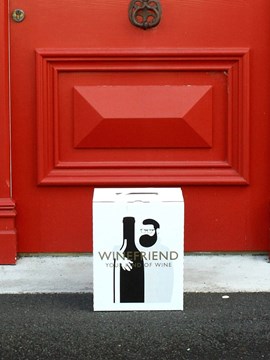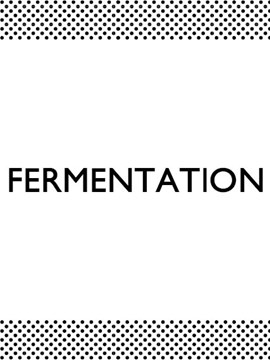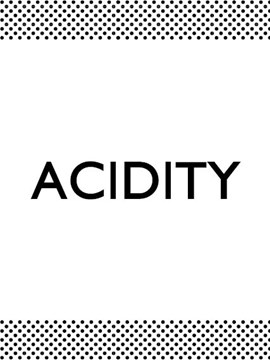Buckle up, WineFriends, because today’s the day you learn that fungus can be a good thing! Botrytis, known as ‘noble rot’ in the wine kingdom, is a fungus that turns wine grapes into little shriveled versions of their formerly juicy selves — but in doing so manages to produce some seriously good wines. Here’s the deal with noble rot:
First off, botrytis is only beneficial for white grapes. In red grapes, it’s considered what fungus usually is: a no-good-very-bad thing.
When botrytis infects a white grape, the berry dries up and shrinks, but the fruit itself isn’t actually compromised. Instead, the fungus sucks up all the water inside the berry while both elevating its natural acidity and allowing it to retain its sugar, resulting in exquisitely sweet grapes that produce concentrated dessert-style wines.
Winemakers walk a fine line when it comes to noble rot, because if the conditions aren’t right (i.e. if the environment’s moisture level is too intense) or if the grapes are picked at the wrong time (botrytis infects ripe grapes, so these ‘late-harvest’ wines come from fruit picked later in the season), the fungus can take a wrong turn and actually ruin the fruit.
But when everything goes well, botrytised wines turn out viscous and weighty, with a luxurious syrupy texture and sweetly indulgent flavours of honey, candied fruit, and spice. The high sugar level means they cellar well, so you can keep those beautiful Sauternes and late-harvest rieslings and chenin blancs around for years to come!




